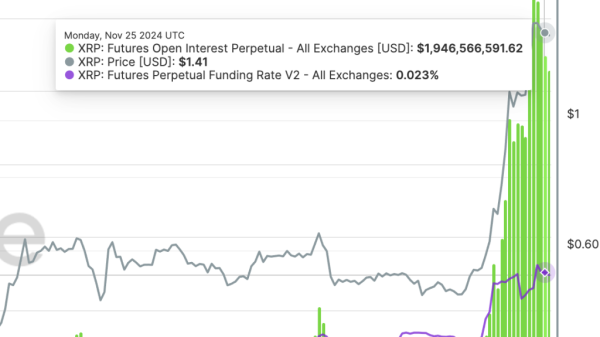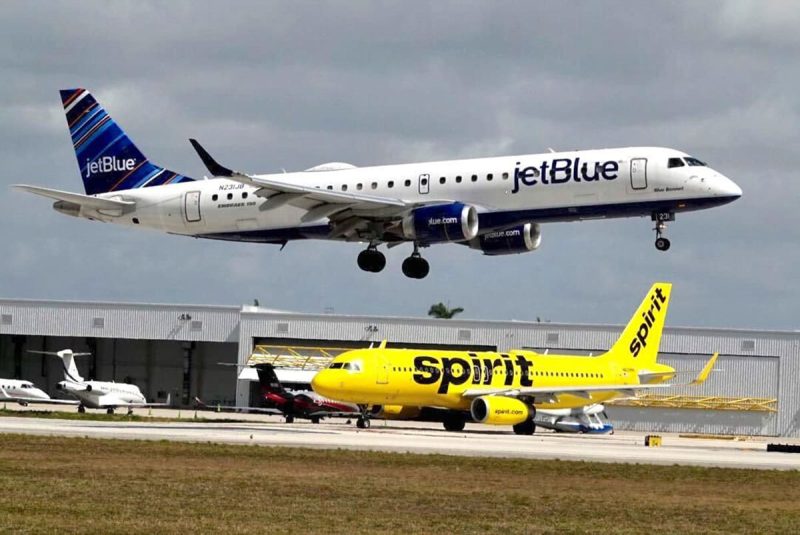The airline industry, just like any other business vertical, is always in a constant struggle to strike a balance between growth opportunities and profit maximization. In the quest for the same, recently, U.S. airlines have shown a shift in their strategies by scissoring down their growth plans. This remodeling of business strategies predominantly aims at combating the plummeting profit margins that are primarily attributed to fare discounts.
Major airlines like American Airlines, United, Delta, and Southwest have cut their annual growth plans to under 1%. This echoes a shift from their prior approach of rapid expansion, mainly in the domestic market. Ironically, this strategy designed to keep ticket prices high and increase the airlines’ bargaining power, resulted in an overflow of seats. This surplus of capacity, in turn, led to unbargainable fare discounts, eating into their revenues.
The economic repercussions of the fare war were clearly observable in the airlines’ financial books. Despite the fall in fuel prices, the pressure to discount fares negated any benefits the airlines may have accumulated due to this external economic factor. Hence, only a few U.S. airlines recorded profits in the last quarter, with most grappling with financial stress.
This new counter-strategy of reigning in the growth plans paints a picture of the airlines’ primary motive being to stabilize prices by decreasing the availability of cheap seats. A reduction in capacity implies a lesser number of seats, which would lead to higher prices and in turn, yield higher revenues for these airlines. The industry leaders hope that this maneuver shields their profits from future fare wars and brings in an era of stability.
The tactical shift in these airlines’ strategies has also been welcomed by their investors. They were growing increasingly concerned about the fare wars, which, in reality, were chipping away at their investments. Investors had expressed concerns over the trend of overtaking market share at the expense of higher profits, advocating instead for better financial management. The airlines’ shift in strategy is seen as a step towards addressing these concerns.
Additionally, this shift manifests the airlines’ conscious efforts to control their fate without relying too much on external factors. Instead of waiting for fuel prices to rise, which would automatically elevate ticket prices, the carriers appear to be taking charge of their destinies by keeping an eye on their seat supplies.
However, this strategy does not come without potential drawbacks. A calculated cutback on growth may stabilize prices in the short term but, if done excessively, could leave the airlines dispatching smaller planes, thus becoming more vulnerable to their larger counterparts. It’s also essential to note that this new strategy relies heavily on the airlines’ abilities to accurately predict demand. If the demand drops or increases unexpectedly, the airlines would face challenges to quickly adjust their supply, thus risking their profits once again.
In conclusion, the U.S. airline industry is clearly getting more strategic in managing its capacity versus demand. With the significant airlines pioneering the shift, the industry is expected to encounter an alteration in fare patterns, making flying more expensive for customers but possibly more profitable for the airlines. The pivot in strategy adopted by these airlines is a testament to their flexibility and willingness to evolve with the changing market dynamics, betting on resiliency over relentless growth.






























